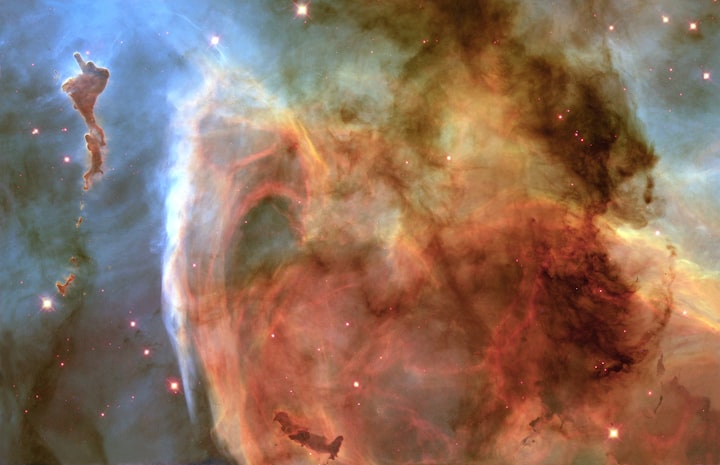Unveiling the Vastness
Exploring the Marvels and Mysteries of the Observable Universe
The observable universe refers to the vast expanse of space that can be seen from our vantage point on Earth, limited by the distance light has had time to reach us since the Big Bang, which is estimated to have occurred approximately 13.8 billion years ago. Here is a comprehensive description of the observable universe, encompassing its scale, contents, structure, and some key phenomena:
1. Scale: The observable universe is incredibly vast, spanning a staggering distance of about 93 billion light-years in diameter. This measurement takes into account the expansion of the universe over time. To put it into perspective, if we were to travel at the speed of light, it would take approximately 93 billion years to traverse the entire observable universe.
2. Contents: The observable universe contains an enormous variety of celestial objects, including galaxies, galaxy clusters, superclusters, stars, planets, asteroids, comets, black holes, and more. It is a tapestry of cosmic structures and formations.
3. Galaxies: Galaxies are the building blocks of the universe. They are vast systems comprising billions or even trillions of stars, along with interstellar gas, dust, and dark matter. The observable universe is estimated to contain billions of galaxies. These galaxies come in various shapes, sizes, and types, such as spiral, elliptical, and irregular galaxies.
4. Clusters and Superclusters: Galaxies tend to group together in clusters, which are collections of galaxies bound by gravity. Clusters, in turn, can form even larger structures known as superclusters. These superclusters are among the largest-known structures in the universe and can span hundreds of millions of light-years.
5. Cosmic Microwave Background (CMB): The CMB is an important feature of the observable universe. It is residual radiation left over from the early stages of the universe, about 380,000 years after the Big Bang. The CMB provides valuable insights into the early universe's conditions and helps support the Big Bang theory.
6. Dark Matter and Dark Energy: While the observable universe contains visible matter (such as galaxies and stars), a significant portion is composed of dark matter and dark energy. Dark matter is a hypothetical form of matter that does not interact with light and is inferred based on its gravitational effects. Dark energy, on the other hand, is a mysterious force that is believed to be driving the accelerated expansion of the universe.
7. Cosmic Filaments and Voids: The large-scale structure of the observable universe reveals a web-like pattern composed of interconnected cosmic filaments. These filaments consist of galaxies and matter, forming an intricate cosmic web. The regions where these filaments intersect create vast voids, mostly devoid of matter.
8. Cosmic Expansion: The observable universe is continually expanding. This expansion is thought to have begun with the Big Bang and is driven by dark energy. The expansion of space itself causes galaxies to move away from each other, resulting in the redshift of light from distant objects.
9. Age and Age of Light: The age of the observable universe is estimated to be around 13.8 billion years, as determined through various cosmological measurements and models. Since the speed of light is finite, the light we observe from the most distant objects in the universe has traveled for billions of years to reach us. Hence, we are essentially observing the universe as it appeared in the past.
10. Multiverse Theories: While not directly observable, several cosmological theories propose the existence of a multiverse, suggesting that our observable universe is just one of many universes, each with its unique physical properties and laws.
It's important to note that the description provided here is based on our current understanding of the observable universe as of 2021-2023. As scientific research progresses, new discoveries and refinements to
existing theories may enhance our understanding of the universe even further.






Comments
There are no comments for this story
Be the first to respond and start the conversation.